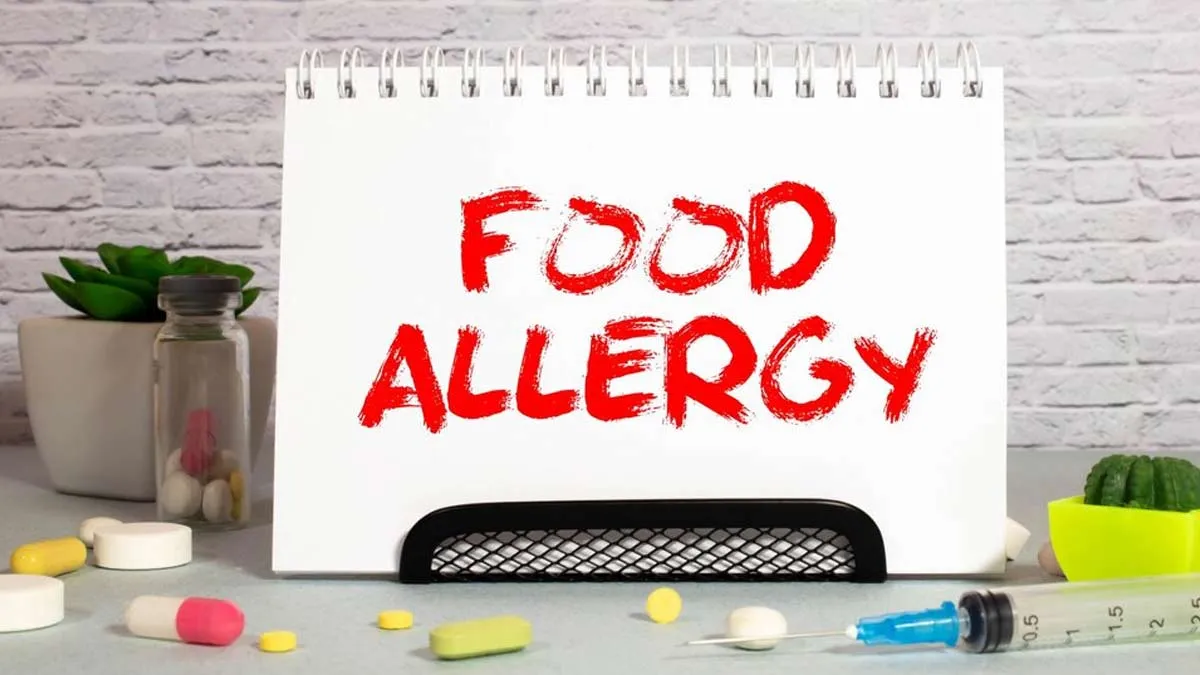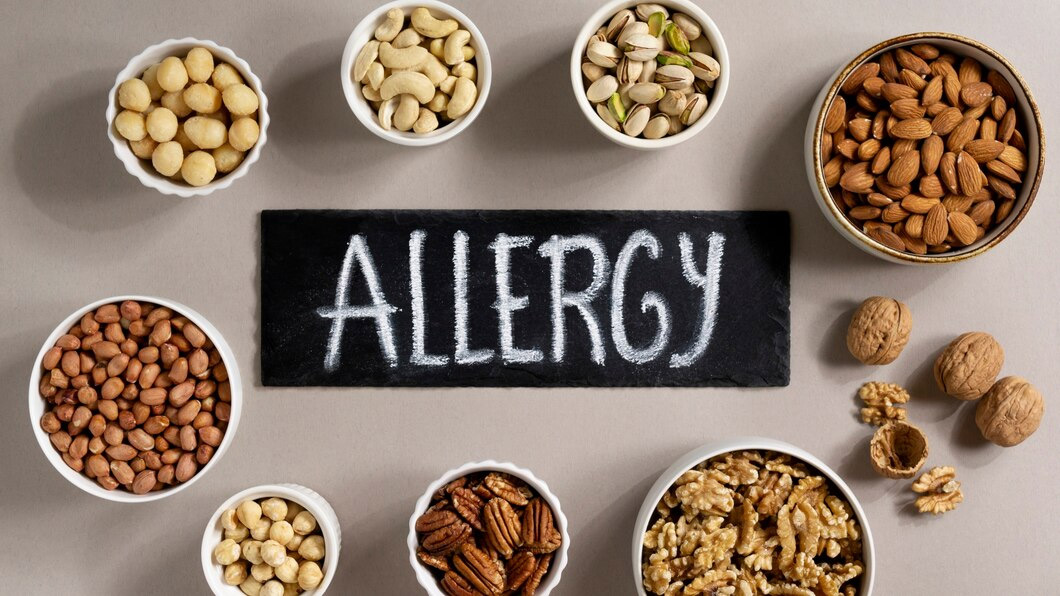
Food allergies affect around 22 crore people worldwide, according to the World Health Organization (WHO). Some people easily identify their food allergies, as they experience immediate reactions like rashes after consuming certain foods. Others, however, remain unaware because symptoms may appear hours later, making it challenging to point the finger at the trigger.
Table of Content:-
So, how do you identify allergens in food? Speaking with the OnlyMyHealth team, Edwina Raj, Head of Services – Clinical Nutrition and Dietetics, Aster CMI Hospital, Bengaluru, not only shares common food allergens but also discusses ways to identify them.
Common Food Allergens

Food allergies occur when the body's immune system mistakenly identifies a food protein as a threat and, in trying to protect the body, releases chemicals that cause allergic reactions. This can happen when a person eats, touches, or even inhales a food allergen.
According to the Food Allergen Labeling and Consumer Protection Act of 2004 (FALCPA), eight major foods or food groups that can cause allergies are milk, eggs, fish, crustacean shellfish, tree nuts, peanuts, wheat, and soybeans. These account for 90 percent of food allergies.
How To Identify Allergens In Food

“To effectively identify these allergens in packaged or prepared foods, consumers should carefully examine ingredient labels, which are required to list all components, including potential allergens,” says Raj, adding that many food products now feature allergen warnings or statements that indicate the presence of common allergens, often highlighted in bold or capital letters for easy recognition. “Consumers should be aware of any precautionary statements, such as "may contain" or "produced in a facility that processes," which indicate the potential for cross-contamination,” she emphasises.
Cross-contamination, also known as cross-contact, is when an allergen is accidentally transferred from one food to another. Raj explains, “Foods processed in facilities that handle allergens may inadvertently contain traces of these substances, making it crucial for individuals with allergies to remain vigilant and informed about their food choices.”
Additionally, employing technology such as allergen detection kits or mobile applications designed to analyse food components can significantly enhance the accuracy of allergen identification. You can also directly ask the restaurant staff and utilise resources that provide detailed allergen information to further aid in ensuring a safe dining experience, especially for people with food sensitivities.
Also Read: Are You Allergic To Peanuts? Here Are 5 Ways To Keep Your Fibre Intake In Check
Symptoms Of Food Allergy

While it is important to be vigilant about food allergens and read food labels, it is also crucial to know the signs of a food allergy reaction. Key symptoms include:
- Hives
- Swelling of the face or throat
- Difficulty breathing
- Gastrointestinal distress such as nausea or vomiting
- Anaphylaxis, which is a severe and potentially life-threatening reaction
Additionally, one should be aware of more subtle indicators, such as a sudden onset of itching or tingling in the mouth, as these can also signify an allergic response. Recognising these symptoms promptly can be crucial in ensuring appropriate medical intervention and management of the situation.
Conclusion
Food allergies are common, but many people may not realise they have them. Some allergens don’t cause immediate symptoms, making it harder to identify the trigger. To stay safe, it’s important to take certain measures, like familiarising yourself with major food allergens, carefully reading food labels for warning statements, and enquiring about ingredients when dining out. Awareness is key, and if you suspect a food allergy, consulting a doctor is always a wise step.
Also watch this video
How we keep this article up to date:
We work with experts and keep a close eye on the latest in health and wellness. Whenever there is a new research or helpful information, we update our articles with accurate and useful advice.
Current Version
